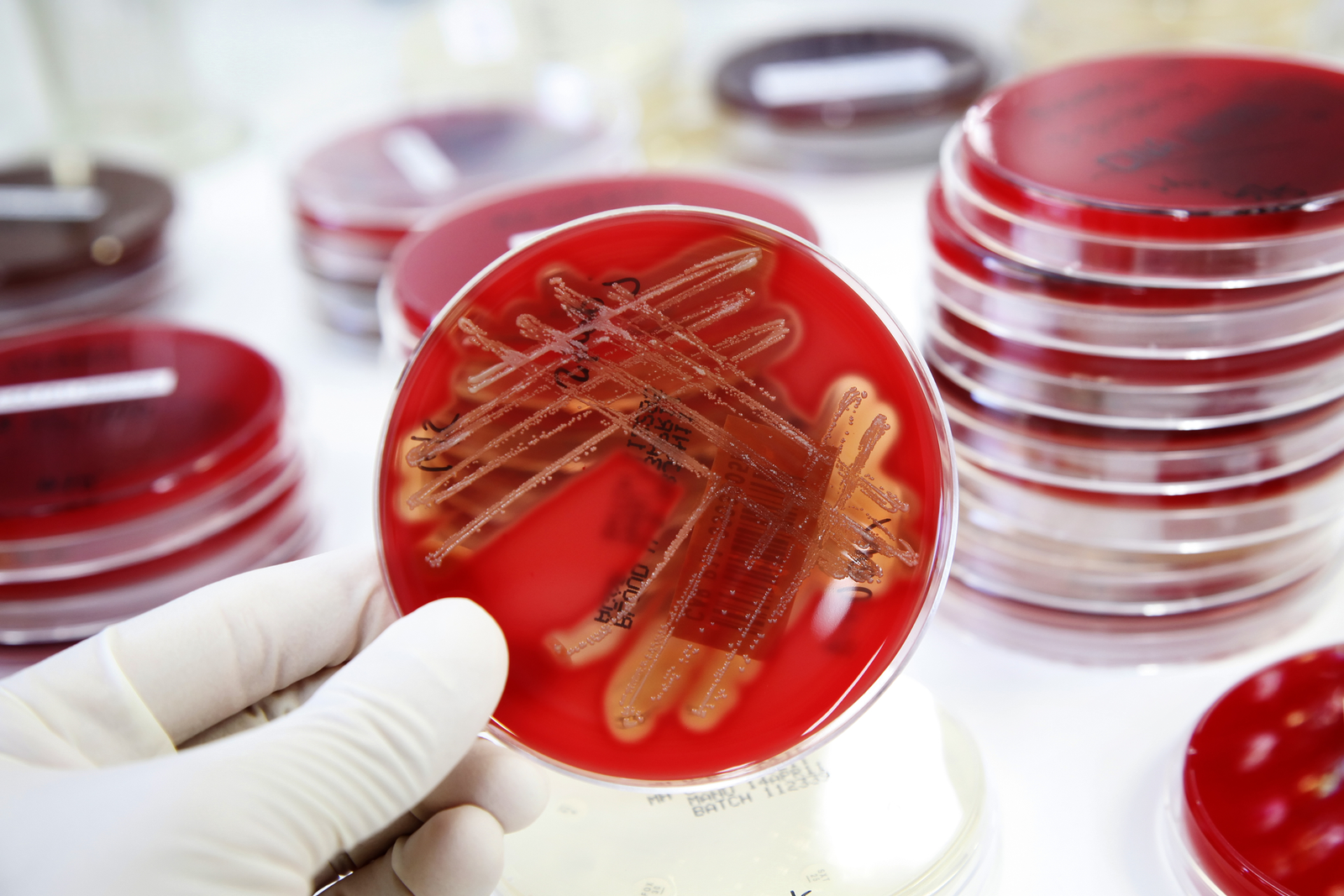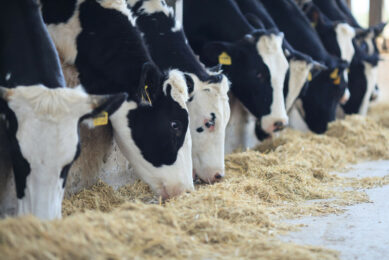Antibiotic reduction: strong focus on biosecurity

The link between antibiotic use in food animals and antibiotic resistance is an important topic. Animal nutrition company Kemin therefore asked four experts on animal production in the EU about their opinion on this topic. In the third part of this series, we listen to Professor DeWulf.
Prof. Jeroen Dewulf leads the research group of veterinary epidemiology at the Faculty of Veterinary Medicine in the University of Ghent in Belgium. They study the usage of antimicrobials, the evolution of antimicrobial resistance and the transmission of this resistance from animals to humans.

“Higher levels of antimicrobials means higher levels of resistance”.
Main driver for resistance
DeWulf explains”: “”It is very clear that the usage of antimicrobials in animals is the main driver for the selection for resistance. For example, flocks with a low usage of antimicrobials have a lower prevalence of resistance than flocks that used a lot of antimicrobials. This was confirmed in a recent study on international level which showed that in countries where higher levels of antimicrobials were used, higher levels of resistance in indicator bacteria were measured.”

We can use a lot less
According to the Belgium professor, it will be difficult to manage modern animal production totally without antimicrobials but we can certainly use a lot less antimicrobials. It is evident that when animals have diseases that can be treated with antimicrobials this has to be done. However it is important to improve management, biosecurity, feeding and vaccination in order to prevent disease and clinical symptoms. This will reduce the necessity of the use of antimicrobials
Also read part 1 of this series: Professor Hafez
Reduction of 12% in Belgium
Prof. Dewulf is also president of the Center of Expertise on Antimicrobial Consumption and Resistance in Animals (AMCRA) and is very positive about what has already been achieved. Over the last two years when AMCRA has been active in Belgium there has been a reduction of more than 12% in use of antibiotics. A central objective of AMCRA is the 2020 plan to achieve a 50% reduction in the total consumption of veterinary antibiotics by 2020 with 2011 taken as the reference year. Moreover an important part of the AMCRA 2020 plan is to reduce the usage of “red molecules” (the quinolones and the 3rd and 4th generation cephalosporins) by 2020 by 75%.
Also read part 2 of this series: Maarten De Gussem
What are the alternatives?
An important question is what alternatives can be useful to help reduce the antimicrobial usage? DeWulf: “It is clear that this will not be solved by a magic powder or one specific product or measure. It will be more a combination of already known management measures or feed additives that have to be applied correctly. One major factor is a strong focus on biosecurity. If you have a good biosecurity you have healthy animals and consequently there is less need for antimicrobials. In several trials in pigs and poultry good biosecurity led to a substantial reduction of antimicrobial use in those farms. In 60 pig farms involved in this study the antimicrobial usage was reduced by 50% in one year. In poultry farms we could reduce it by 25%”.











